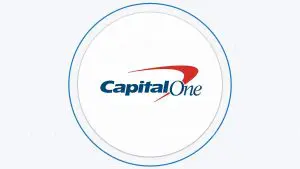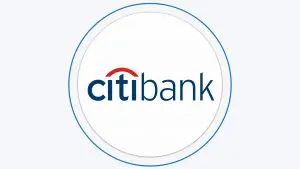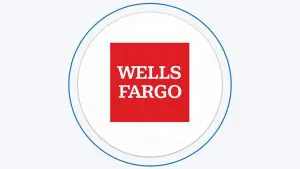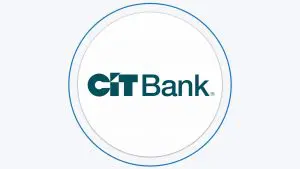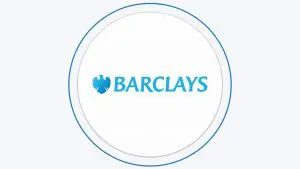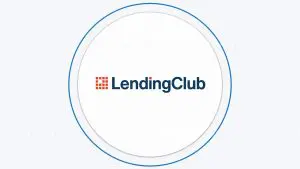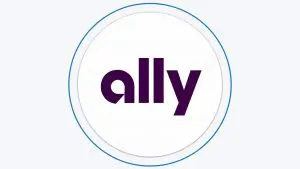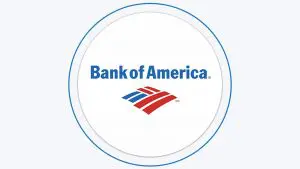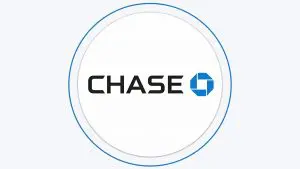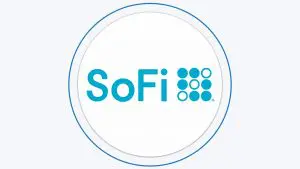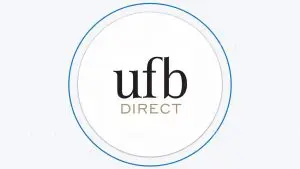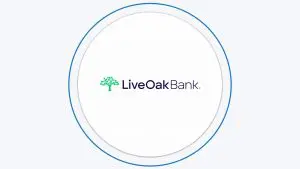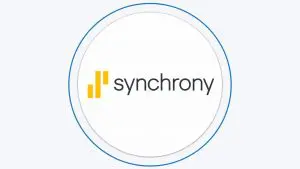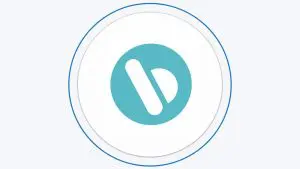Table Of Content
Financial assets provide security, but as this chart using FED Survey of Consumer Finances shows, the average financial assets increases as consumers age. The under 35s age group has an average of $35,000 in assets. This suggests that the under 35s may still be burdened by lower income jobs and student debt.
There is a significant increase in assets between this group and the 35 to 44 age group. After this point, there is a steady increase in assets until retirement.
There are a few things you can do to increase the total amount of savings you'll have to live on in retirement that don't require you to increase your income.
When it comes to retirement savings, it's just as essential to save more as it is to make the most of what you have.
Here's how to help your retirement savings grow that won't cost you anything.
1. Contribute to Your 401(k)
If your company has a traditional 401(k) plan, you have an advantage. This is because it allows you to contribute pre-tax money.
For example, assume you are in the 15% tax bracket and plan to contribute $100 per pay period.
Since your contribution will come out of your pay before they assess the tax, your take-home pay will drop only by $85.
So, less deduction means more money to invest without straining the family budget.
It’s different if your employer offers a Roth 401(k) because it uses income after taxes. You should carefully consider what your income tax bracket would be upon retirement so see if this is right for you.
Even if you leave the company, you have to learn the choices on what to do with your Roth 401(k).
With the rising cost of living, there is a pressure to save more for retirement. This is reflected in the average value of retirement accounts by family. As you can see in the following chart using FED Survey of Consumer Finances data:
2. Make One-Time Payments on Annual Expenses
You know that there are big annual expenses that you can pay all at once or over a period of months. Most companies will offer a discount if you opt to pay it all in one payment.
The strategy is to break down the required amount into smaller chunks and save the money every month. It would help if you put them in a special account.
So, when the time to pay for these expenses come, you’ll have enough money saved up for them.
Example
Let’s take the case of your car insurance premiums. If you must pay $1,000 per year on premiums, you can set aside $84 monthly in the special account.
Better yet, save it on an Internet account because it will give you higher interest than a traditional bank account.
When the insurance due date comes, you just take the money from the special account, transfer it to your checking account and pay the bill.
If there’s anything left, add that to your family budget or use it as initial savings for next year’s premium.
Many insurance companies would gladly take off 10% or more if you pay your premium annually. Some will even give promotional discounts if you agree to an automatic payment arrangement with them.
Think about it: if you save $250 per year using this method, that’s a big saving. In 30 years (using a 7% rate of return), you would have an extra $18,251 stocked up in your retirement account.
3. Open an IRA
You should think about establishing an individual retirement account (IRA) to build your nest egg. You have two options to consider: a Traditional IRA or a Roth IRA.
Go for Traditional IRA depending on your income and whether you and your spouse have a workplace retirement plan.
Your contributions to a Traditional IRA may even be tax-deductible. Your investment earnings also have the opportunity to grow tax-deferred – until you make a withdrawal during your retirement.
However, if you meet the income requirement, a Roth IRA might be the one for you. You fund them with after-tax contributions and if you’ve met the conditions, there are benefits.
Once you’ve held the account for five years and you’ve turned 59 ½, qualified withdrawals (and earnings) are free from federal taxes. In some cases, they can even be free from state taxes.
Contribution Limits
4. Set up an Automatic Investment Plan
You may easily afford to put money into your IRA but you may not really like the idea of writing a large check before the tax deadline. An alternative is to establish an automatic monthly or quarterly contribution.
An automatic contribution to your IRA takes the burden of paying for your retirement plan out of your hands. It helps ensure that you “pay yourself first.”
You can just program to transfer funds regularly from any of your checking, savings or money market account from any bank. You can also do this from your account at any savings and loan, credit union or brokerage account.
Any amount you invest in your retirement is good although the maximum amount possible will help you reach your goal faster. If you cannot afford the maximum monthly or quarterly amount, you can kick off with a smaller amount. Then, you can gradually increase the amount until you reach the annual contribution limit.
Long Time To Grow
Another advantage of an automatic contribution is that your savings will have more time to potentially grow.
For example, let’s say you contribute $400/month to an IRA starting in May and do so for the next 11 months.
Your contributions will begin to compound earlier than those remitted right after the tax-filing deadline.
By investing a regular amount each month or quarter, you will effectively be using a strategy called dollar-cost averaging. This spreads out your purchases over time and you lessen your risk of making a large investment at the wrong time.
5. Reduce Expenses
“It’s not how much you make, it’s how much you keep that matters.”
It actually makes a lot of sense. Even if you make $2 million and spend a dollar more than that, you technically end up in the negative. It would be a good practice to watch your expenses.
It is a very simple and practical step but it’s unbelievable how many people spend more than what they make. In the course of time, this can lead to debt and even debt that can spiral out of control.
You’ll probably have to read the fine prints of your prospectus to find exactly how much you’ll be paying in fees. The effort is worth the potential savings you can get.
For example, if you have $10,000 in a mutual fund that charges 3% in fees, that’s $300 per year. If the fund gives you a 7% return per year, you’d have paid $4,435 in base fees after 10 years. That does not include the lost returns on that money.
Save on Credit Cards
If your credit card charges an annual fee, consider switching to one that has no annual fee.
If you are really loyal to your card, try asking customer service to waive your fee for the year. Most credit card companies are willing to do this for their long-time customers.
Saving just $200 per year and channeling that to your retirement savings for the next 30 years, at 7% return, will give you $14,601.
Other Directions
Here are some other things you can do to reduce your expenses.
- Pay off high-interest debts first. If you can't pay – consider debt consolidation. There are great ways to do it.
- Evaluate your housing expenses – you may find other options that can give you lower monthly payments. Rationalize your household spending and ask if you are paying for a need or a want (ex. premium cable TV subscription).
6. Track & Optimize Your Retirement Account Performance
you should check in on your retirement accounts on a regular basis to see how your portfolio is doing. If it isn't growing much, you may need to make a change.
You should compare the available options. It's always a good idea to switch to low-cost investments.
If you're younger and willing to take on more risk, you could be more aggressive for a higher return.
Examine the various investments they provide and compare the fees and returns. Look for the lowest fees and the highest returns to help your account grow, but make sure you're taking on the appropriate level of risk for your age.
7. Consider Relocating or Downsizing
If you live in an area with a high cost of living, consider moving to a less expensive area.
You can add to your retirement account whatever saving you can get from the relocation. You’ll be surprised at the huge difference it would make to your funds.
If you are already an empty nester still living in a house for a family of six, and your house has appreciated in value, why not sell it?
It would be more practical to live in a smaller house. You’ll save on your mortgage payments. And you’ll save on the costs associated with maintaining a big house like heating, cooling, insurance, home maintenance, and property taxes.
From the money you make on the sale, you can dump some of them on the retirement account and set aside a little for you to enjoy now.
8. Start a Side Business
One of the best strategies for financial security upon retirement is to create your own source of income.
Of course, each person’s situation is unique and you don’t want to jeopardize your full-time job. A good start would be to do consulting work or put up a business that relates to your passion in your 60s.
Surprisingly, it is easier to start a business in your 40s to 50s than after you retire. Yes, it may be true that you would already have a big network of friends and business contacts.
However, there might be some resistance from people to take you seriously as a professional when you retire. That’s a reality.
Second, there is a tendency to use your savings as additional capital for the business. People make the mistake of thinking they can easily get back from the business what they sink in.
Finally, as many have experienced (myself included), building a successful business takes time. If you start your business just before you retire, you should be running one comfortably just when you need to.
9. Open a Health Savings Account (HSA)
If you have a high-deductible health insurance plan, you have an extra account available to save more for retirement. A health savings account, also called an HSA, is a tax-advantaged account you can use to save on top of a 401(k) and IRA for retirement.
It isn’t a retirement vehicle in its own right, but it can help you boost your retirement savings if it is treated as a retirement account. These funds can be spent on healthcare costs now or later, and unlike flexible spending accounts, they don't expire annually. Funds in these accounts can also be invested and kept to use later on in retirement.
To qualify for an HSA, you must have a High Deductible Health Plan, among other requirements. HSAs are portable, so you can take them with you if you change employers or retire. Distributions taken for qualified medical expenses are tax-free, but non-medical distributions are taxable and may be subject to an additional 20% penalty.
10. Maximize Social Security
The next most obvious way to avoid outliving your savings is to delay Social Security as long as possible.
One way to increase your retirement income is to maximize your Social Security benefits. Unlike investment portfolios, annuities, or pensions, Social Security is the only retirement income that is guaranteed for life and backed by the United States government's full faith and credit.
You can increase your Social Security benefits by employing a few simple strategies. Instead of settling for lower payments for the rest of your life, try these methods to get the most out of your benefits.
Eligible Americans as young as 62 and as old as 70 can apply for Social Security benefits. Retirees generally stand to gain a lot—up to 8% in additional benefits per year—by delaying applying for Social Security benefits as long as possible. Individual circumstances, however, can have an impact on these calculations, so it is best to consult an expert.
FAQs
Do 401(k) fees are eating your retirement savings?
All 401k fees will take away some of your retirement savings. You will be charged plan administration fees which are the expenses that are charged with record keeping, accounting, online access, and customer service. It also includes paying the company and all the operations.
Investment fees are also charged. These are the largest fees you will be charged. You might also pay additional fees such as for withdrawals and loans. Your quarterly statements will show how much you are paying in fees every year.
What happens to your retirement savings when you die?
You should always name a beneficiary in a will to state who will get your retirement savings when you die. If you don’t someone, the court will have to appoint someone which might not always be the person you want.
Naming a beneficiary ensure you will have your savings go to someone who is important to you. It might need to go to probate court first before the person is able to receive the funds.
What are the best ways to invest your retirement savings?
One of the best ways to maximize your retirement savings is by maxing out the 401k match. This will allow you to put away money for the future and have your employer put some money away for you too. You can also invest into an IRA which allows you to put even more money away into a savings account.
Many people also choose to do some other methods of investments such as buying bonds for the yield, purchasing rental real estate and purchasing immediate annuities.
How to protect your retirement savings in a recession?
Being in a recession might mean you are dipping into your savings account a little. Make sure you are still trying to put away as much money as you can during this time though. You can also rebalance your budget during this time to try and ensure you are still on the right track with your finances.
Investing in the stock market is also a good way to protect your retirement savings. You can also guarantee other sources of income such as annuities and social security.

